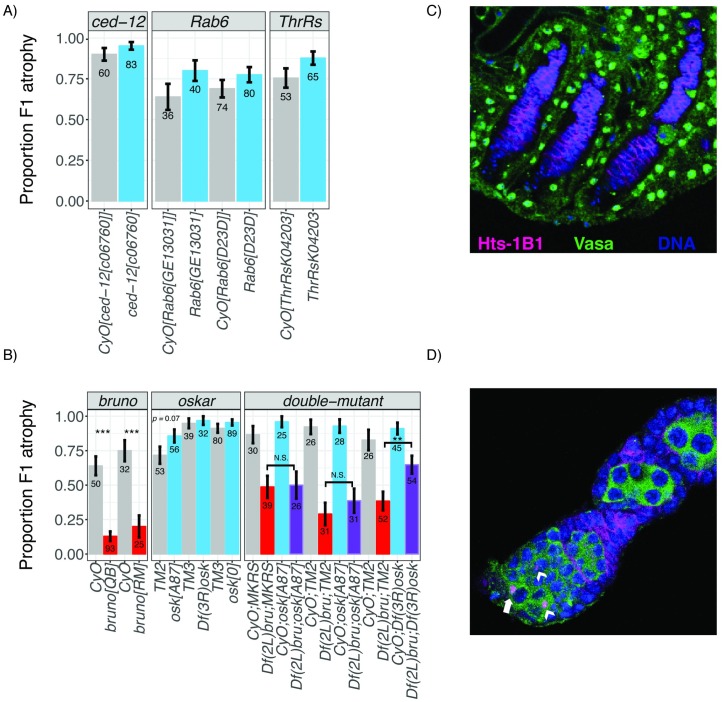Fig 5. Mutational analysis of candidate genes.
(A) Loss-of-function heterozygotes for three candidate genes are compared to their siblings, inheriting the balancer chromosome CyO in order to detect zygotic effects on the incidence of ovarian atrophy among 3–7-day-old dysgenic F1 offspring. (B) Single and double loss-of-function and deficiency heterozygotes for bruno and oskar are compared with their siblings inheriting the balancer chromosomes CyO (bruno) and TM2, TM3, or MKRS (oskar), in order to detect zygotic effects on the incidence of atrophy among 3–7-day-old dysgenic F1 offspring. Offspring from the same cross are represented consecutively on the graph. While bruno alleles act as consistent dominant suppressors in both single and double mutants, oskar deficiencies and mRNA null mutants exhibit only stochastic effects on the atrophy phenotype, suggesting that the mechanism of bruno suppression of F1 atrophy is independent of oskar mRNA function. (C-D) Representative germline development among atrophied and non-atrophied ovaries of brunoQB/+ and CyO/+ dysgenic offspring (B). (C) Atrophied ovaries lack any Vasa-positive germline cells in the ovarioles, including GSCs. Nuclear Vasa external to Hts-1B1 corresponds to the somatic ovarian sheath [35]. (D) Non-atrophied (i.e., morphologically normal) ovaries exhibit the full range of developing oocytes, including GSCs (white arrow). Arrowheads correspond to CBs, the undifferentiated daughters of GSCs. Representative ovaries in both C and D are CyO/+; however, atrophied ovaries (C) are more common among brunoQB/+ (B). Cytological markers for C and D are hu li tai shao (Hts-1B1), which labels somatic follicle cell membranes, the circular fusomes of GSCs and CBs, and the spectrosomes that connect cells in the developing cyst, and Vasa, which labels the cytoplasm of germline cells and nuclei of the ovarian sheath, and DAPI staining of nuclear DNA. The individual numerical values required to generate bar plots in panels A and B can be found in S9 and S10 Data, respectively. CB, cystoblast; CyO, Curly-O; F1, filial 1; GSC, germline stem cell; Hts-1B1, hu li tai shao; ThrRs, Threonyl-tRNA synthetase; TM2, third marked 2; TM3, third marked 3.

